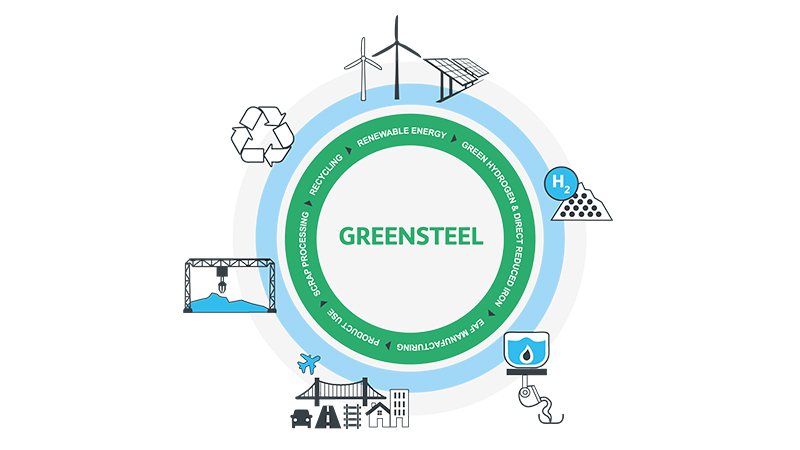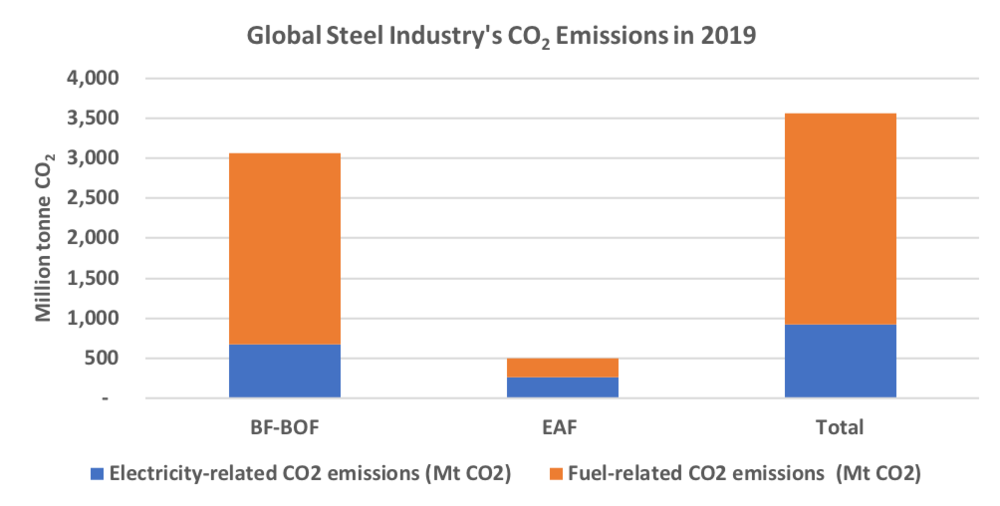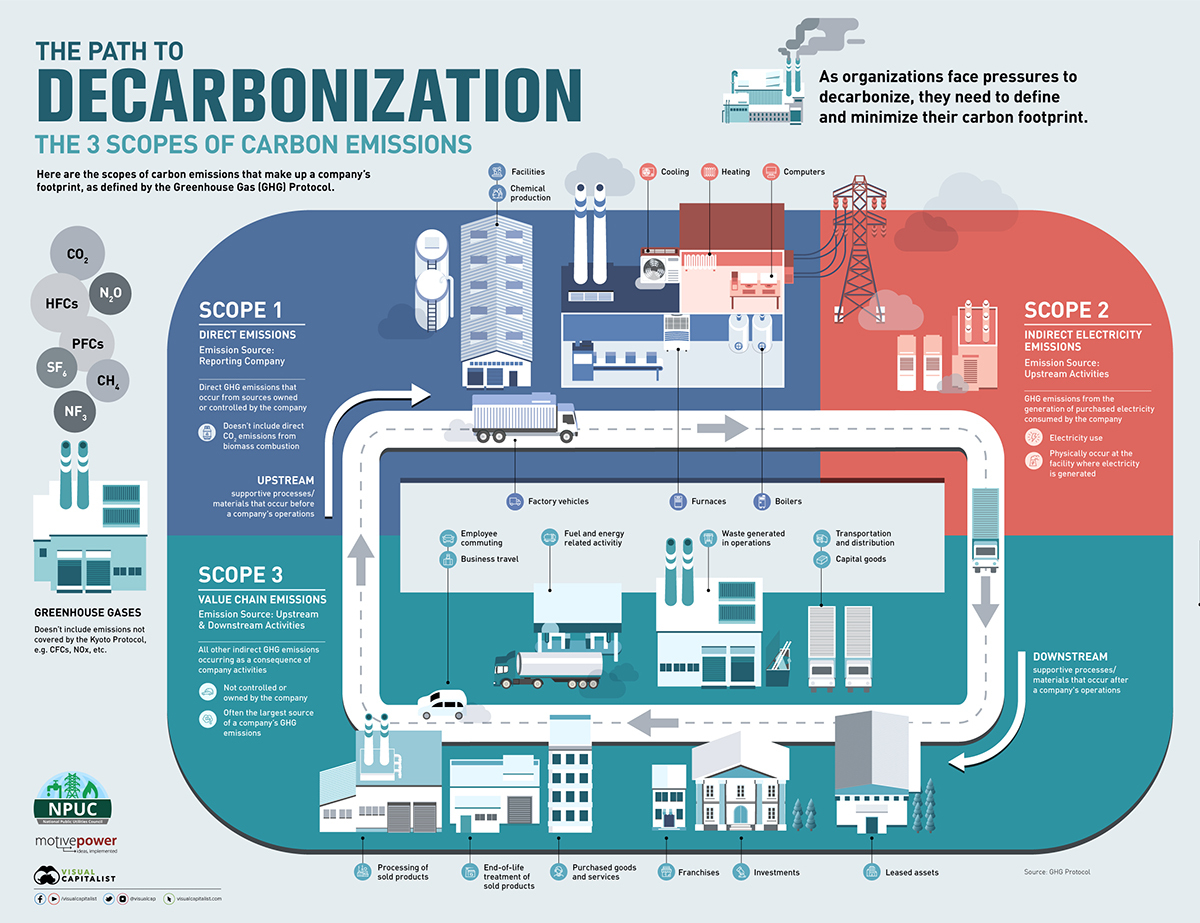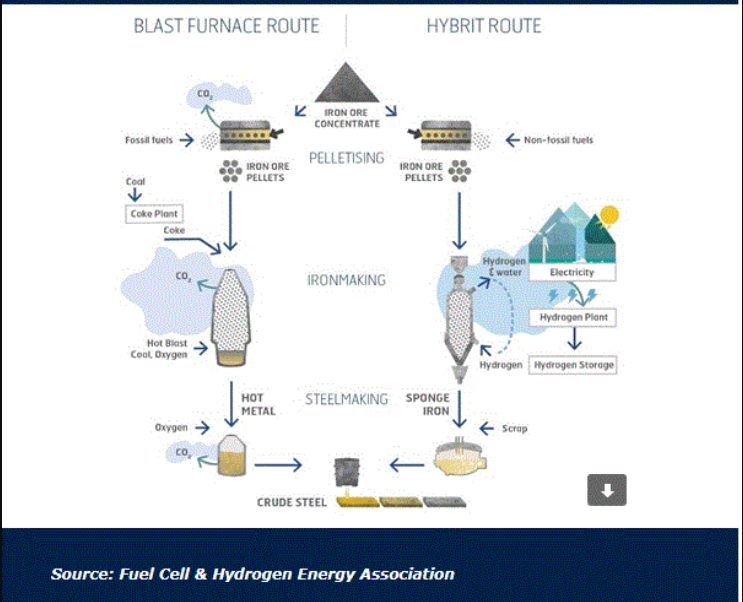While Humans and their ailing planet is moving on a difficult road ahead, every step is countable and important, every difficulty uprooted is a big win, every milestone crossed is liberating enough.
Green Steel is one such bigger move towards Sustainability in the production and manufacturing sector.
We are treading into different directions to discover one thing or the other to be transformed into more ‘green’ character, its real time for Steel: for every tonne of steel produced, almost 2 tonnes of carbon dioxide (CO₂) gets emitted.
This alone accounts for 7% to 9% of global greenhouse gas emissions from fossil fuels and Steel is used almost in every block of Human world.
But it has become a necessity to clean up Steel in order to keep Earth’s low-carbon future in check as the way our Steel is made using Coal is suffocating the planet.
Therefore, to decarbonize the supply chains involved in Industry especially Automobiles, the demand for green steel is expected to boom significantly.
Fortunately, “green steel”, made using hydrogen rather than coal, has become a way out. A startup by the name H2 Green Steel (H2GS) recently could raise $105 million through a Series A equity financing.
And now it has aimed to build world’s first large-scale fossil-free steel plant. This will be done using electricity from 100% renewable sources which will be then subsumed in manufacturing process.
H2GS alone aspires to produce 5 million tons of fossil-free steel by 2030.
Similarly, Mercedes-Benz has even committed to launch green steel in its own vehicle models by 2025.
A Sedan, as per Mercedes-Benz, holds about 50% steel, responsible for 30% of carbon emissions in production sector.
Even in 2020, Tata Steel tested a new technological process to produce Steel called HIsarna, a combination of Isarna (Iron) and Hismelt (melting vessel) at its steel plant in Netherlands.
According to Tata Steel: “The technology removes a number of pre-processing steps and requires less stringent conditions on the quality of the raw materials used.”
“Since it is highly concentrated carbon dioxide that leaves the reactor, the system is ideally suited for carbon capture and either storage (CCS) or use (CCU), without the need for a costly gas separation stage.”
This tech can reduce the carbon dioxide emissions by an entire 80% compared to the conventional process.
How Green Steel is different?
Manufacturing Steel involves stripping the oxygen atoms from iron ore to produce pure iron metal.
While in traditional steel-making, coal or natural gas is used in the process releasing CO₂ but in green steel production, hydrogen made from renewable energy replaces fossil fuels thereby saving our World from extra emissions.
Steel can be produced by any of the three processes:
- Blast furnace method: (70% of global steel is produced using this), the hydrogen replaces Carbon-monoxide and strips oxygen away from the ore, generating water instead of CO₂.
- Recycled Steel: (30% of global steel is produced using this), here the arc furnaces are driven by electricity.
- Direct reduced iron (DRI) technology: (5% of global steel is produced using this), here methane gas is used finally producing hydrogen and carbon monoxide to remove oxygen yielding pure Iron.
No method comes without challenges:
This much-needed transition to Green Steel is time and effort-intensive i.e. will not happen overnight and easily. It is a complicated process and several challenges in every method usage exist.
For achieving net-zero emissions, the blast furnace and DRI method will anyhow require carbon-capture and storage technologies.
The DRI Method offers the greatest opportunity for green hydrogen technology to prosper in the sector.
Green hydrogen can replace upto 70% of hydrogen sourced from using Methane, with only bare modification in production process.
However, when using second method to produce Steel, it is to note that steel cannot be recycled consistently. After a few times, unwanted elements such as copper, nickel and tin find their way within the steel, degrading its quality.
But it’s a shortcoming in the method itself as Steel has a long lifetime and low turnover rate. Thereby, reducing this kind of Steel to meet only certain demand, and not for all works.
India’s TERI and decarbonizing the Indian Steel Industry:
A 2020 report by The Energy and Resources Institute (TERI) has anticipated the Indian steel sector to likely triple its carbon footprint by 2020, arising out of the need to produce more steel.
According to its estimates, CO2 emissions from Indian steel industry will probably jump to 837 million tonnes over the next three decades from current 242 million tonnes because of increasing consumption to about 4 times i.e. 500 million tonnes.
977 steel plants are currently operating in India and considering its consistent dependence on Steel for developmental Infrastructure worth $1.5 trillion over the next five years.
Therefore, with increasing propensity for growth the onus lies on our Government and private Steel producers to shift to welcome clean technology in respective sector.




